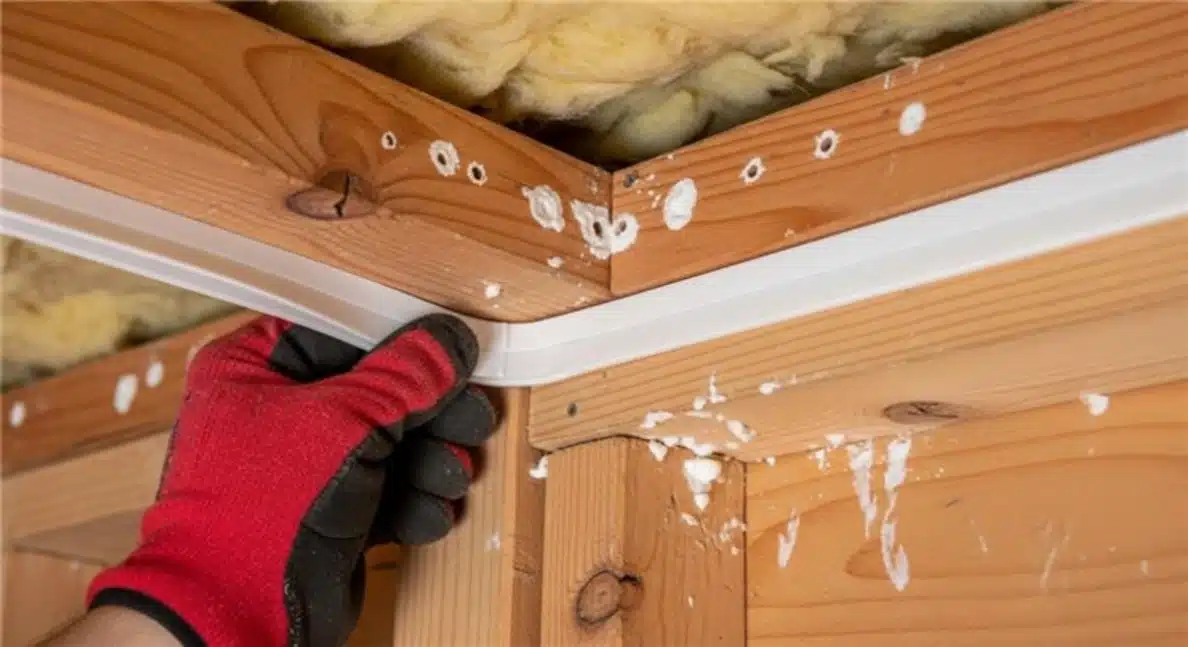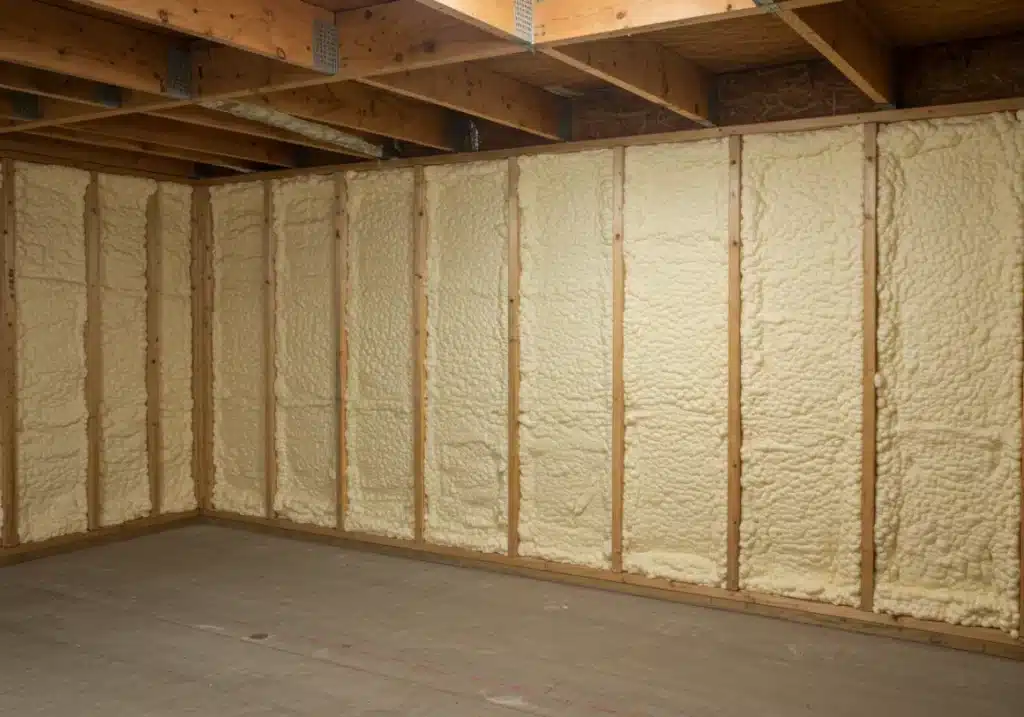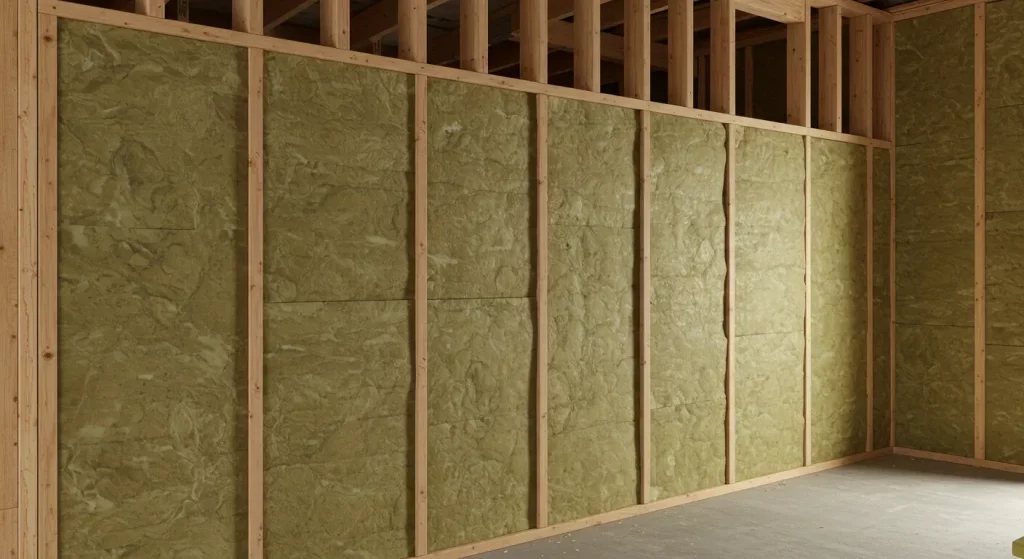Homes in Merced, CA often lose conditioned air through gaps and cracks in the building envelope. This leads to energy waste, inconsistent indoor temperatures, and higher utility bills. The main reasons are a combination of aging construction methods, climate patterns, and building materials that were never optimized for airtightness. Air leakage not only reduces comfort but can also create moisture problems and indoor air quality concerns.
The following sections provide technical details, comparisons, and practical insights that explain why homes in Merced are more prone to air leaks and what can be done to address the issue.
Main causes of air leaks in Merced homes
Construction practices
Many homes in Merced were built during periods when energy efficiency codes were less strict. Common issues include:
- Poorly sealed joints in framing
- Minimal or no insulation in attics and crawl spaces
- Use of traditional materials that naturally shrink or warp over time
Climate influence
Merced’s hot, dry summers and cool, damp winters create repeated expansion and contraction cycles. These cycles stress building materials, widening small cracks over time.
Common weak points
- Attics and rooflines
- Crawl spaces and floor joists
- Around windows and doors
- Plumbing and wiring penetrations
Building materials and their effect on air leakage
| Material Type | Typical Weakness | Long-term Air Seal Performance |
|---|---|---|
| Wood framing | Shrinks and warps with moisture changes | Moderate |
| Fiberglass batts | Gaps form easily around edges and penetrations | Low |
| Open-cell spray foam | Flexible and air-sealing | High |
| Closed-cell spray foam | Rigid and moisture-resistant | Very High |
Technical data on air leakage and efficiency
| Metric | Poorly Sealed Home | Well-Sealed Home |
|---|---|---|
| Air Changes per Hour (ACH) | 10-15 | 3-5 |
| Energy Loss through Air Leakage | 25-40% | 5-10% |
| Typical Indoor Draft Levels | Noticeable, uneven | Minimal |
| Moisture Intrusion Risk | High | Low |
(Source: U.S. Department of Energy, 2023)
Things to check before fixing air leaks
- Identify leakage paths: Use blower door testing or thermal imaging to pinpoint problem areas.
- Evaluate insulation condition: Old or compressed insulation cannot perform as intended.
- Check ventilation needs: Airtight homes require balanced ventilation to maintain healthy air quality.
- Moisture control: Ensure crawl spaces and attics are dry before sealing.
Bonus Tip: In older Merced homes, start with attic and crawl space inspections since these areas are often responsible for the largest share of uncontrolled air movement.
Key services offered to address air leaks
- Attic Insulation: Sealing gaps in the attic to reduce heat loss and improve comfort.
- Crawl Space Spray Foam Insulation: Creating an air and moisture barrier beneath the home.
- Closed Cell Spray Foam Insulation: Providing maximum resistance against air leaks and moisture intrusion.
- Spray Foam Repairs: Fixing failed seals or insulation breakdowns in older applications.
Bonus Tip: When retrofitting insulation in Merced homes, pairing spray foam with air sealing around penetrations maximizes long-term performance.
Long-term considerations for homeowners
- Inspect insulation every 8–10 years to confirm performance.
- Monitor for condensation or damp spots around crawl spaces and attics.
- Plan upgrades during moderate weather to avoid construction delays and improve installation quality.

Direct advice for Merced homeowners
Merced homes lose significant energy through uncontrolled air movement, but targeted sealing and insulation upgrades resolve the issue. Focus on attics, crawl spaces, and penetrations first, as these areas account for most leakage. Prioritize solutions that address both air and moisture for long-term benefits.
Common questions homeowners ask
Where should testing for leaks begin?
Attics and crawl spaces should be checked first, followed by windows, doors, and wall penetrations.
Can weatherstripping alone fix air leaks?
Weatherstripping reduces leaks around doors and windows but does not address structural gaps in attics, crawl spaces, or wall systems.
Does spray foam stop both air and moisture?
Closed-cell spray foam provides an air seal and moisture barrier, while open-cell foam provides an effective air seal but allows vapor transmission.
How does climate affect leak severity?
Hot summers accelerate material expansion while damp winters promote contraction, increasing crack formation in building envelopes.
Get in touch for guidance
Homeowners with concerns about air leaks can contact Supreme Spray Foam Fresno for practical solutions backed by field experience. For more information, email [email protected] or call (559) 545-0800.
FAQS
How often should insulation be inspected?
Insulation should be inspected every 8–10 years or sooner if drafts, uneven temperatures, or higher bills appear.
Can air leaks impact indoor air quality?
Yes, uncontrolled leaks allow outdoor pollutants, dust, and moisture to enter, affecting indoor health and comfort.
What tools are used to detect hidden leaks?
Professionals use blower door tests, smoke pencils, and thermal imaging to locate hidden leaks in walls and ceilings.
Are air leaks more severe in older homes?
Older homes typically have more gaps from material aging, shifting foundations, and outdated construction practices.
Does insulation type affect future maintenance needs?
Yes, spray foam requires less upkeep compared to fiberglass or cellulose, which may sag or compress over time.





